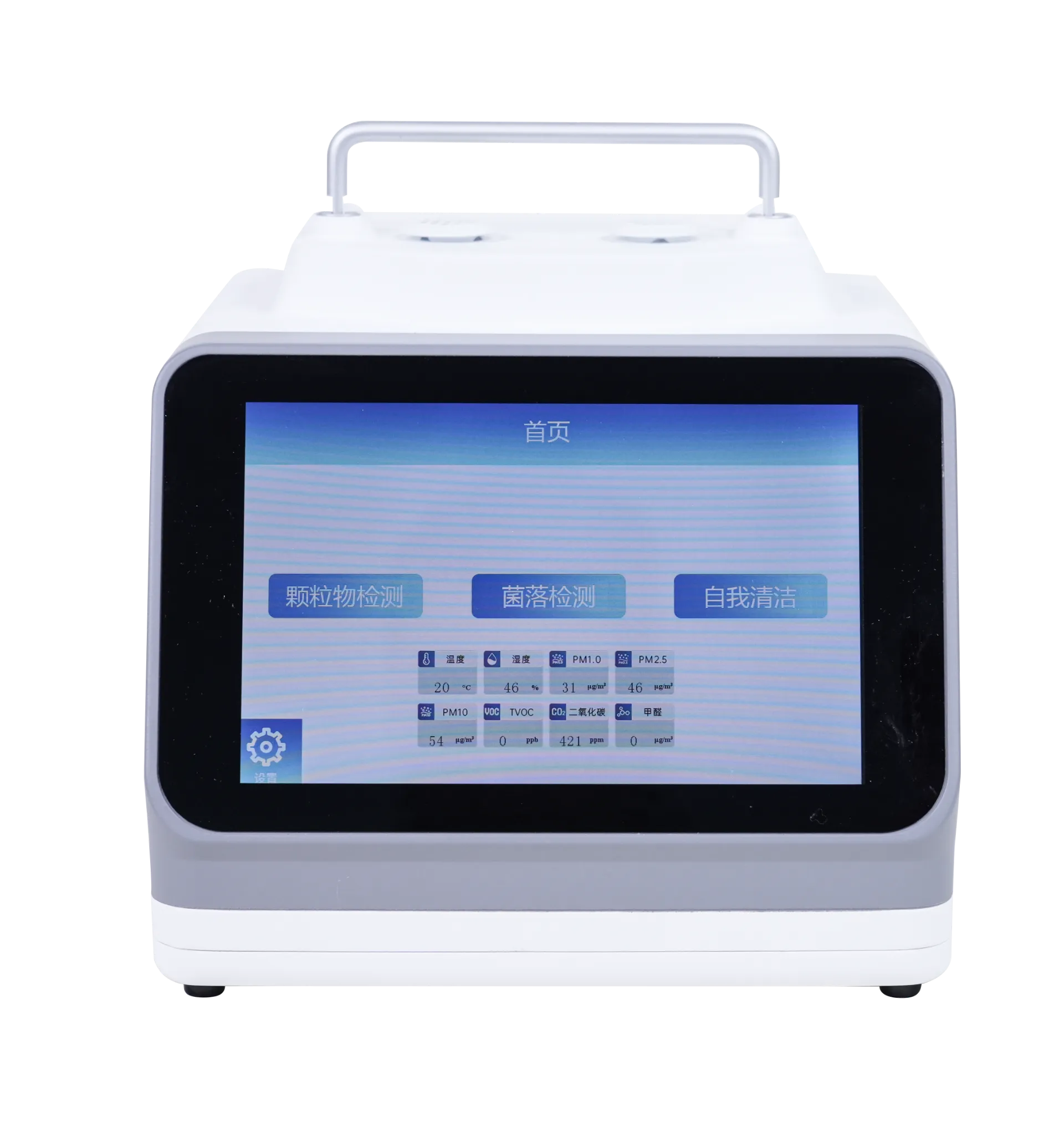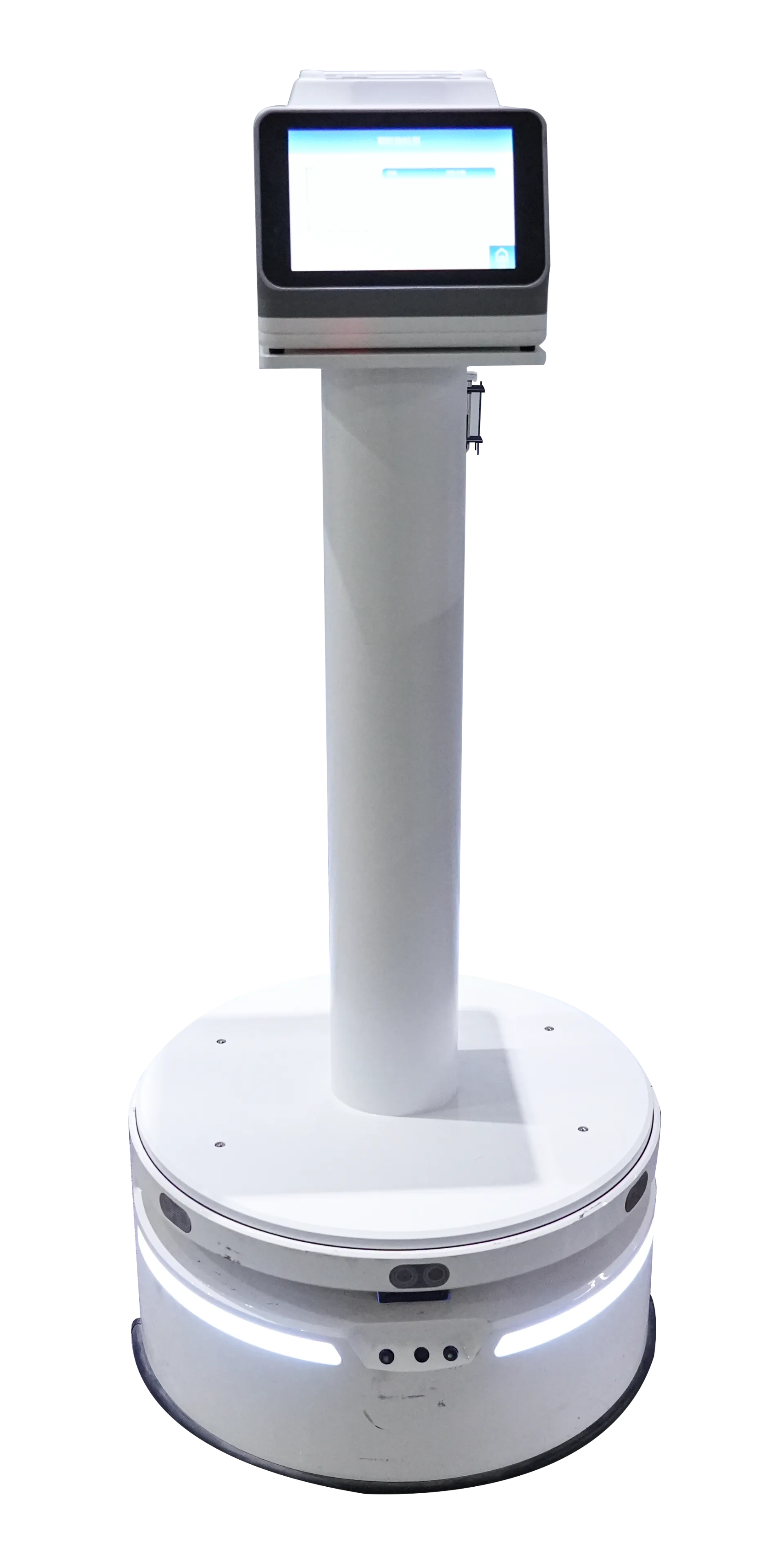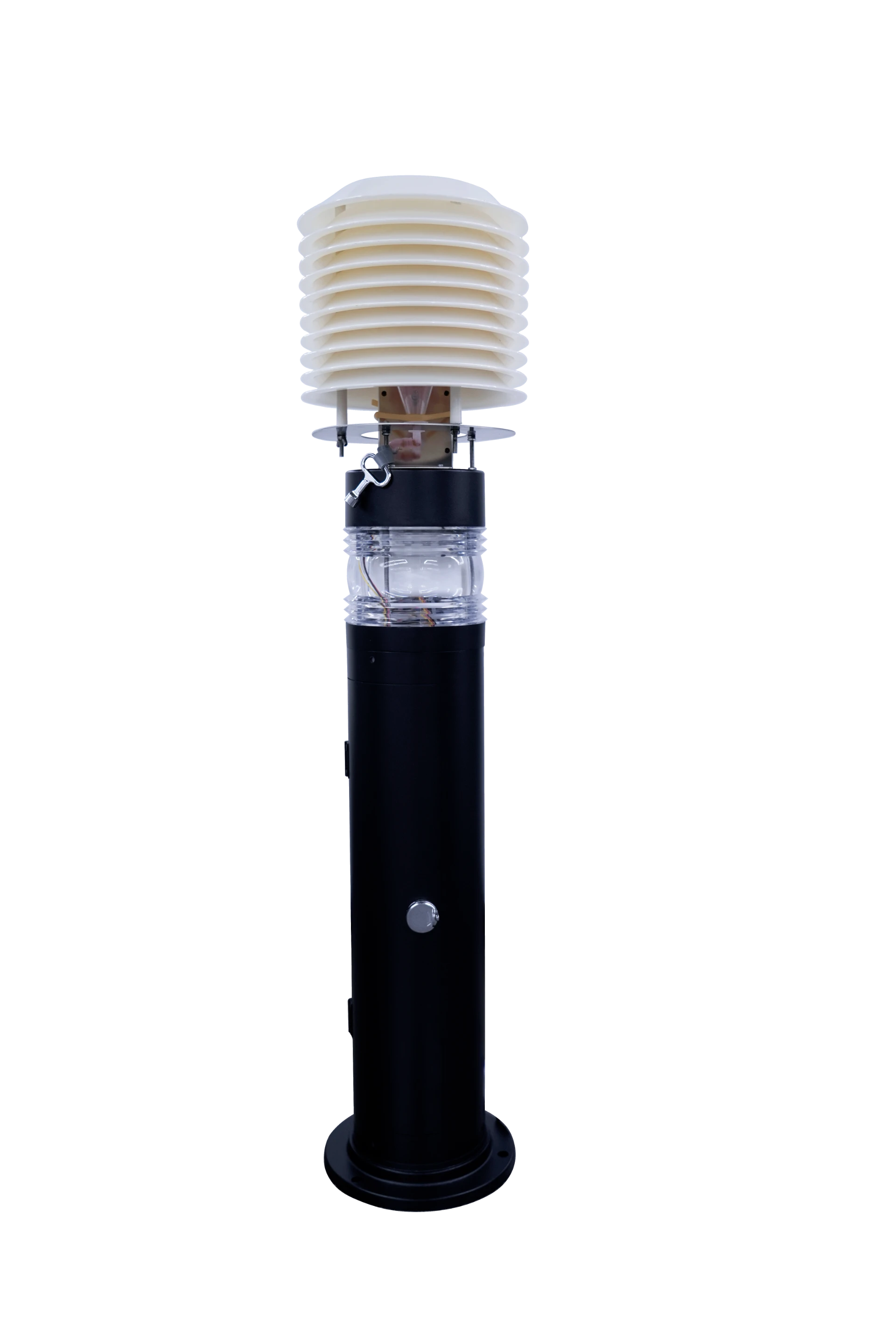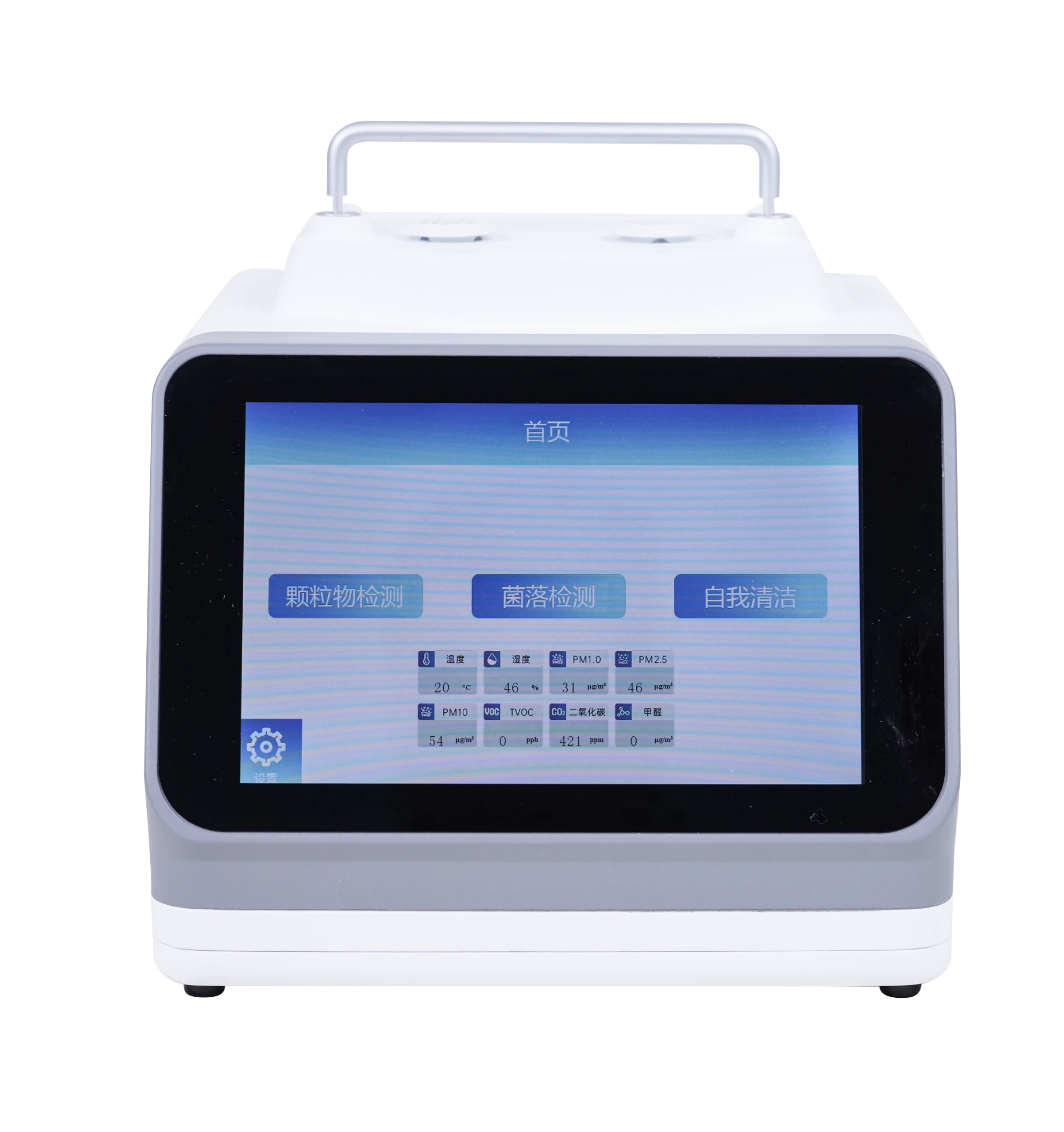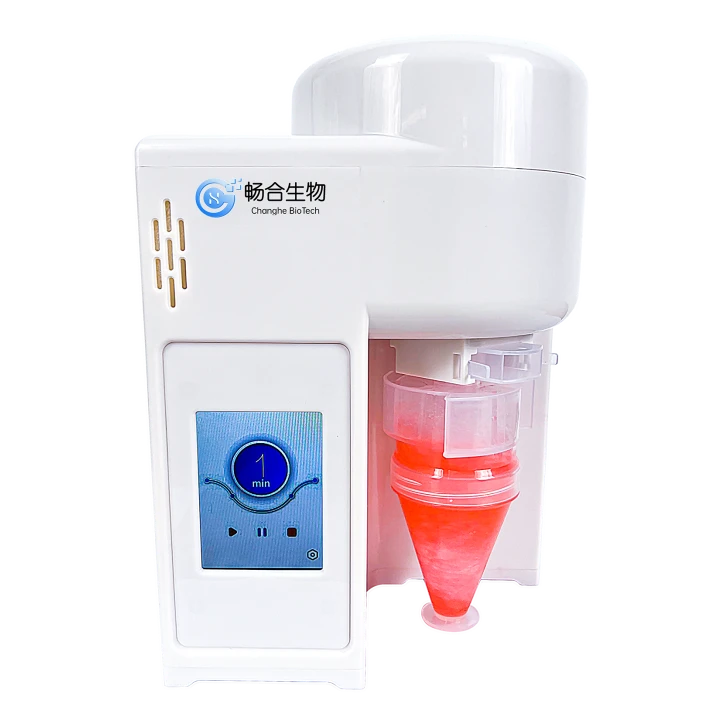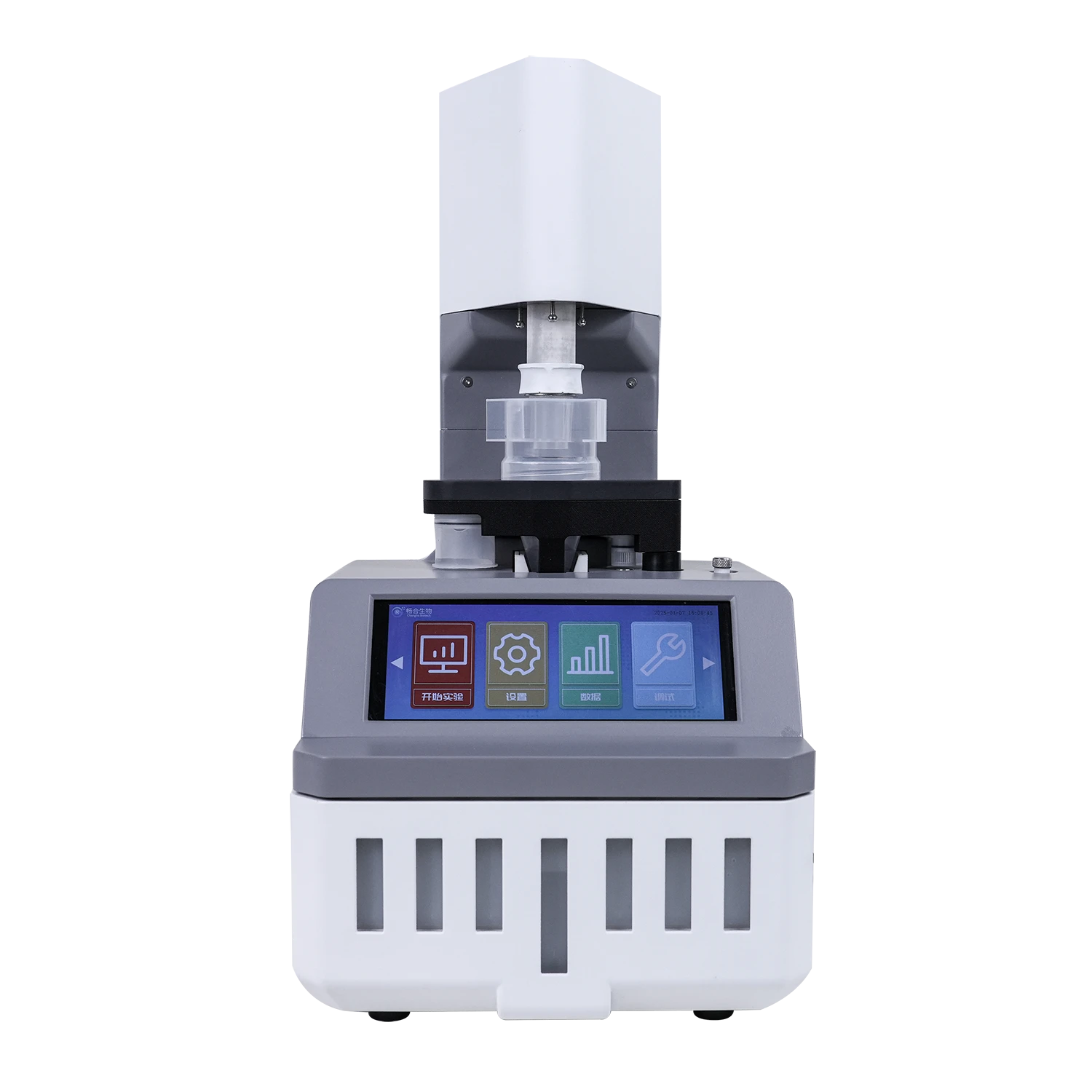Introducing the Bioaerosol Monitoring Device: The Gold Standard
The Bioaerosol Monitoring Device represents the apex of bioaerosol sampling technology. It is not merely a piece of equipment; it is a comprehensive solution designed for professionals who cannot afford to compromise on accuracy. This device utilizes the time-tested Andersen impaction principle, which is recognized by global regulatory bodies like the FDA and cited in standards such as ISO 14698-1 for cleanrooms and associated controlled environments.
Its core function is to draw a precise volume of air and impact any airborne microorganisms, including mold spores and bacteria, onto a standard petri dish containing a nutrient agar. After incubation, colony-forming units (CFUs) can be counted and identified, providing a clear, quantitative measure of microbial contamination. This active air sampling method is vastly superior to passive methods for any serious **mold mildew inspection** or critical environment monitoring.


